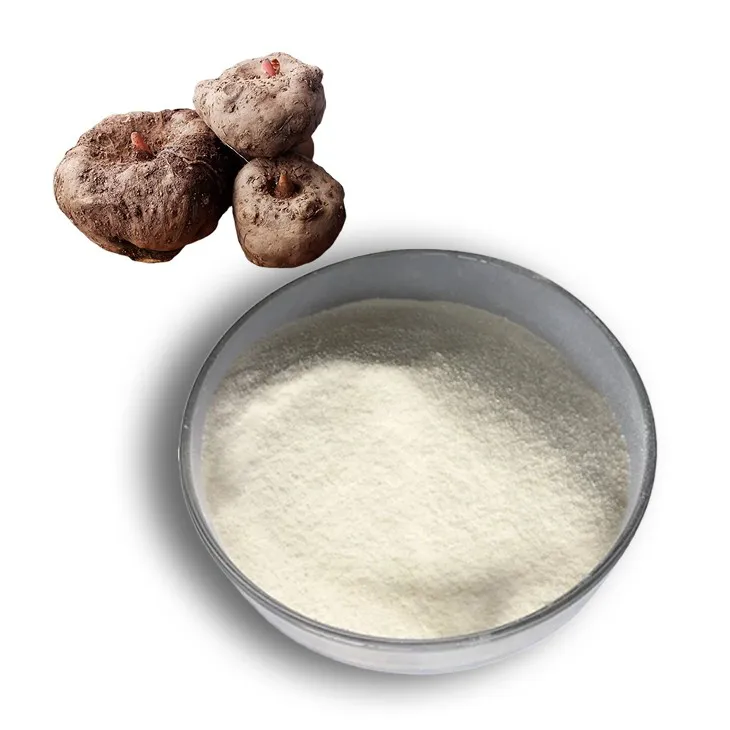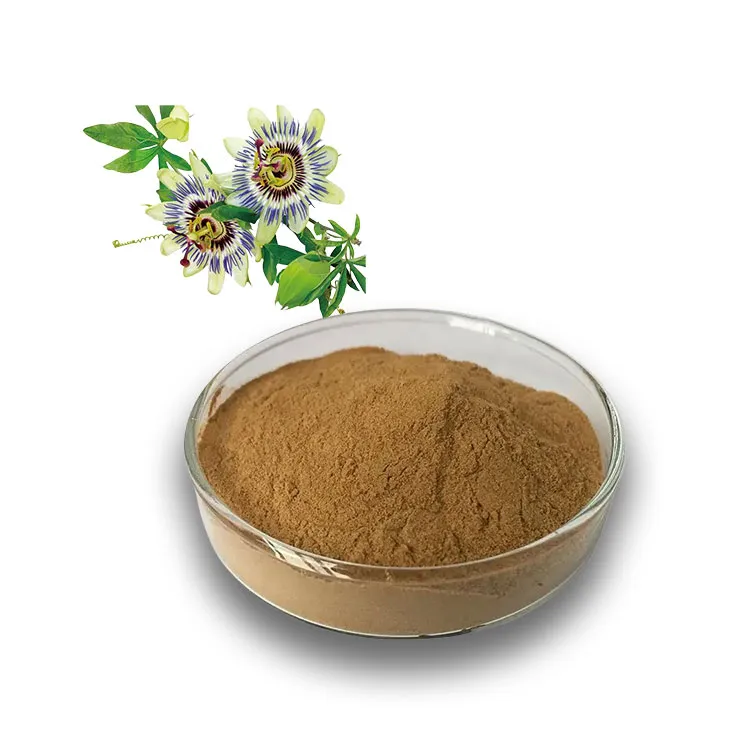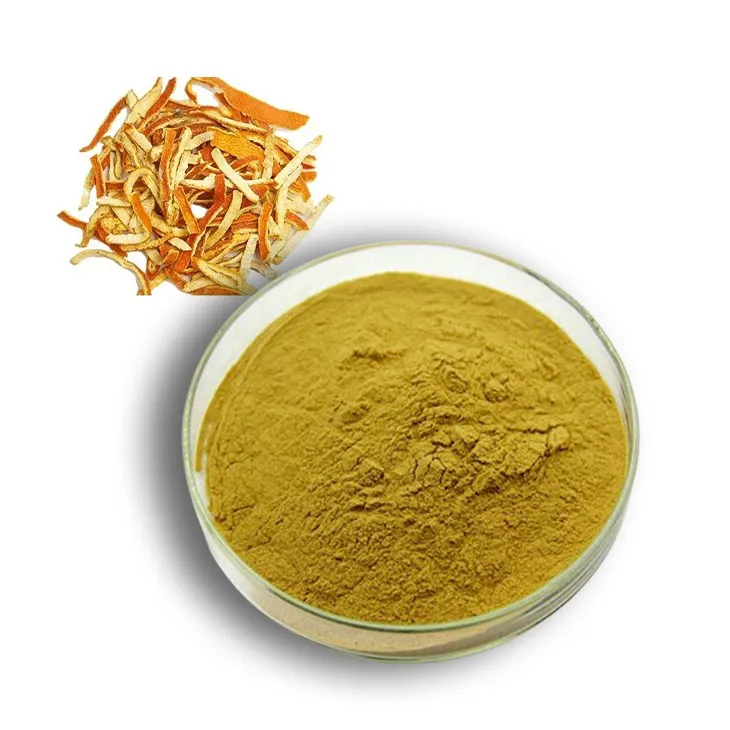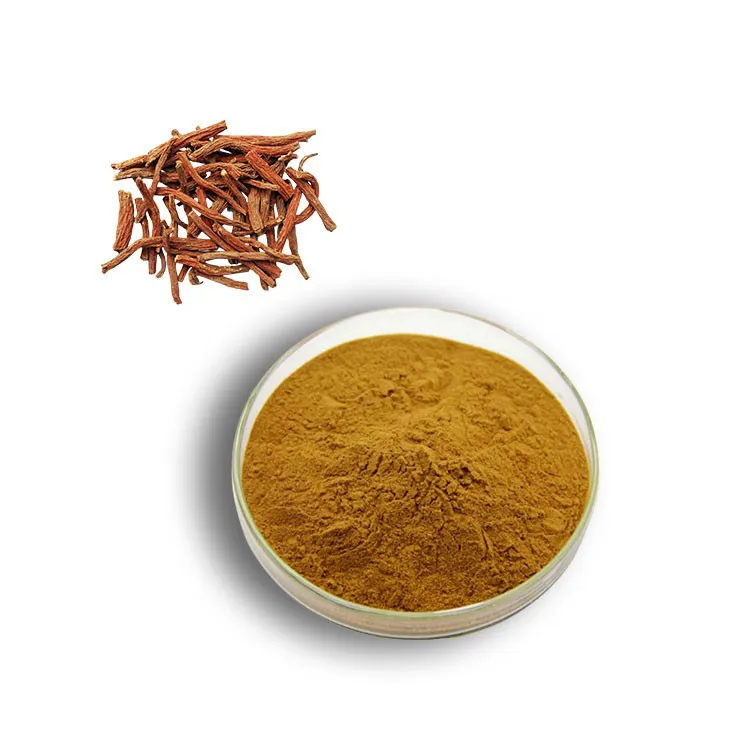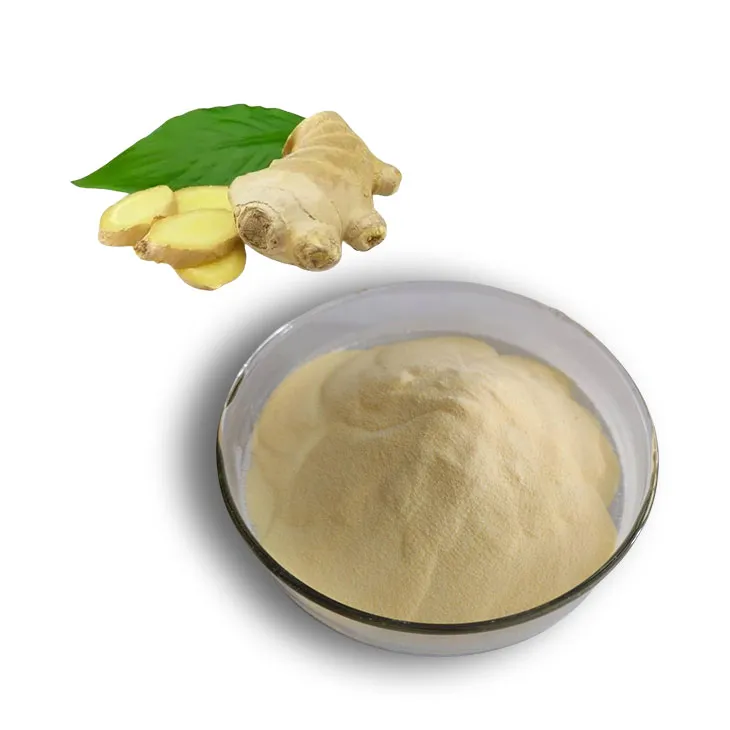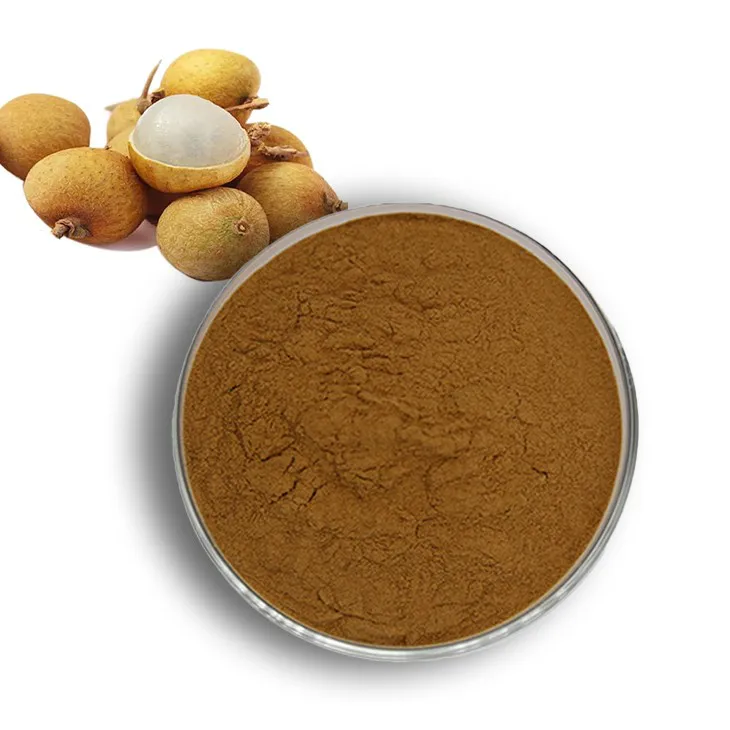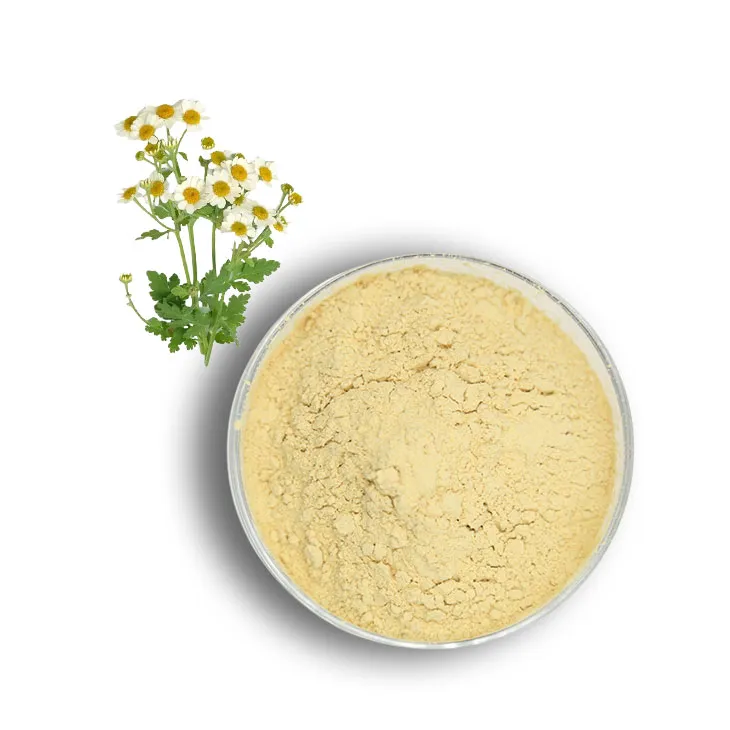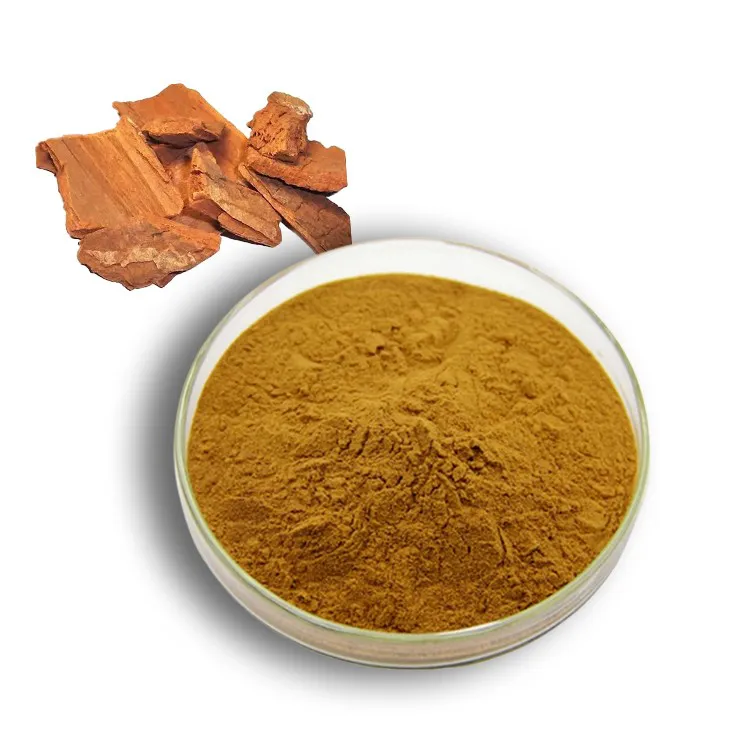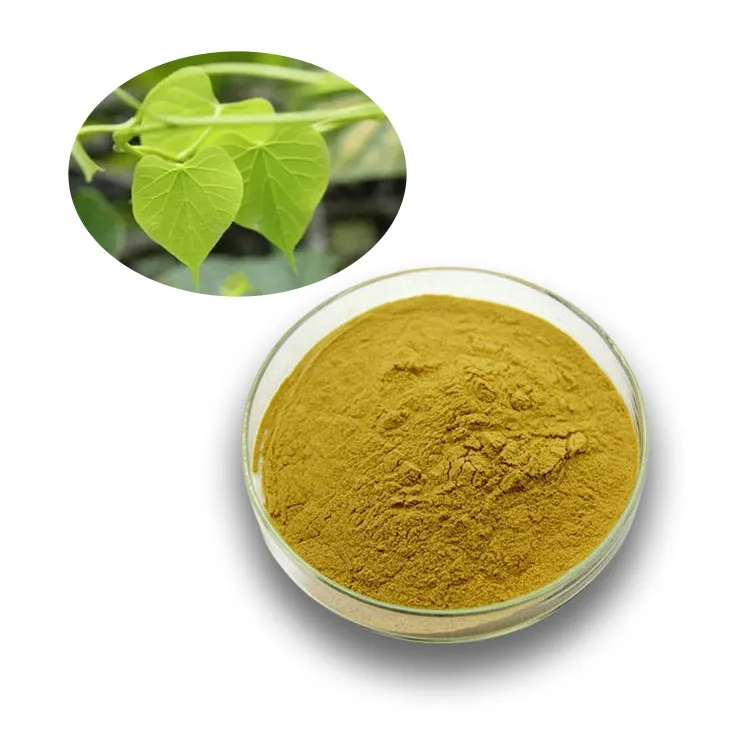- 0086-571-85302990
- sales@greenskybio.com
does ketchup contain lycopene
2023-09-27
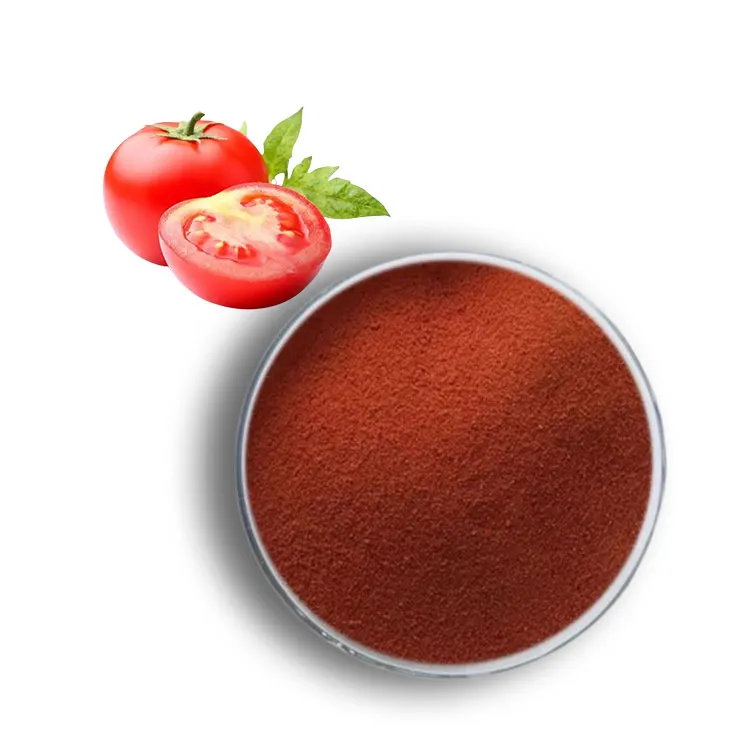
1. What is Ketchup?
1. What is Ketchup?
Ketchup, a widely popular condiment, is a thick, savory sauce made primarily from tomatoes. It has a rich history that dates back to the late 18th century and has evolved significantly over time. The word "ketchup" is believed to have originated from the Chinese word "k'e-tsiap," which referred to a pickled fish sauce. However, the modern-day ketchup we know and love is quite different from its ancient counterpart.
Ketchup is made by combining tomatoes with a variety of ingredients, including vinegar, sugar, salt, and spices. The tomatoes are cooked and processed to create a smooth, consistent texture, and the other ingredients are added to enhance the flavor and preserve the sauce. The result is a tangy, sweet, and slightly spicy sauce that is a staple in many households and restaurants around the world.
Ketchup is versatile and can be used in a variety of ways. It is commonly used as a dipping sauce for fries, burgers, and other finger foods, but it can also be used as an ingredient in cooking, such as in stews, sauces, and marinades. Additionally, ketchup can be used as a base for other condiments, like barbecue sauce and cocktail sauce.
There are many different types of ketchup available, ranging from traditional red ketchup to more unique flavors like green tomato ketchup, garlic ketchup, and even sweet and spicy ketchup. Some ketchup varieties also cater to specific dietary needs, such as sugar-free or organic options.
In addition to its widespread use as a condiment, ketchup has become a symbol of American culture and is often associated with fast food and comfort food. Its bright red color, familiar taste, and widespread availability make it a beloved addition to many meals.
In summary, ketchup is a versatile and beloved condiment made primarily from tomatoes. Its rich history, unique flavor profile, and widespread use make it a staple in kitchens and dining establishments around the world. As we delve deeper into the topic of ketchup, we will explore the presence of Lycopene, a powerful antioxidant found in tomatoes, and its potential health benefits when consumed through ketchup.
2. Lycopene in Tomatoes
2. Lycopene in Tomatoes
Lycopene is a powerful antioxidant and a carotenoid pigment that gives tomatoes their vibrant red color. It is a fat-soluble nutrient, which means it dissolves in fats and oils, making it more readily available for absorption by the body. Lycopene is found in various fruits and vegetables, but tomatoes are one of the richest sources of this beneficial compound.
In tomatoes, lycopene is primarily located in the flesh and skin. The concentration of lycopene can vary depending on the type of tomato, its ripeness, and growing conditions. Generally, ripe red tomatoes have higher levels of lycopene compared to green or yellow tomatoes. Additionally, tomatoes grown in sunny climates tend to have higher lycopene content due to increased exposure to sunlight, which promotes the synthesis of this pigment.
Lycopene has been extensively studied for its potential health benefits. It is known to have strong antioxidant properties, which help protect the body from oxidative stress and damage caused by free radicals. This can contribute to a reduced risk of various chronic diseases, including heart disease, certain types of cancer, and age-related macular degeneration.
Moreover, lycopene has been linked to improved cardiovascular health. It can help lower bad cholesterol levels, reduce inflammation, and improve blood vessel function. Some studies have also suggested that lycopene may play a role in maintaining healthy skin and reducing the risk of skin cancer.
While lycopene is a valuable nutrient, it is important to note that its bioavailability can be influenced by various factors, such as cooking methods and the presence of fats. Cooking tomatoes can increase the bioavailability of lycopene, making it easier for the body to absorb and utilize this nutrient. Additionally, consuming tomatoes with healthy fats, such as olive oil or avocado, can further enhance the absorption of lycopene.
In conclusion, lycopene is a vital nutrient found in tomatoes, offering a range of health benefits due to its antioxidant properties and potential role in disease prevention. Understanding the factors that affect lycopene availability can help individuals make informed choices about their diet and maximize the health benefits of consuming tomatoes and tomato-based products, such as ketchup.
3. Ketchup Production Process
3. Ketchup Production Process
The production process of ketchup is a fascinating journey that transforms humble tomatoes into a versatile condiment enjoyed around the world. Here's a detailed look at the steps involved in creating ketchup:
A. Sourcing and Preparation of Tomatoes
The process begins with the selection of ripe, high-quality tomatoes. These tomatoes are typically sourced from local farms or imported based on the season and availability. Once the tomatoes are harvested, they are washed and inspected to ensure they meet the quality standards required for ketchup production.
B. Cooking and Blending
The tomatoes are then cooked to break down their cell walls, which helps release their natural sugars and pectin. This step also helps to kill any bacteria or microorganisms present in the tomatoes. After cooking, the tomatoes are blended to create a smooth, uniform base for the ketchup.
C. Adding Ingredients
Various ingredients are added to the tomato base to enhance the flavor and texture of the ketchup. These may include vinegar, which acts as a preservative and adds tanginess; sugar or high-fructose corn syrup, which sweetens the ketchup; and salt, which balances the flavors. Spices such as onion powder, garlic powder, and allspice are also added to create the characteristic taste of ketchup.
D. Cooking and Thickening
The mixture is then returned to the heat and cooked for an extended period to reduce the water content and thicken the ketchup. This step is crucial for developing the ketchup's rich, concentrated flavor. During this process, pectin from the tomatoes helps to create a smooth, thick consistency.
E. Filtration and Homogenization
Once the ketchup has reached the desired thickness, it is filtered to remove any remaining solids or impurities. The ketchup is then homogenized, which evenly distributes the ingredients and ensures a consistent texture throughout the final product.
F. Pasteurization
To ensure the safety and shelf life of the ketchup, it undergoes a pasteurization process. This involves heating the ketchup to a specific temperature for a set amount of time to kill any remaining bacteria or microorganisms.
G. Bottling and Sealing
After pasteurization, the ketchup is cooled and then transferred to bottles or other containers. The containers are sealed to prevent contamination and preserve the ketchup's flavor and quality.
H. Quality Control and Packaging
Before the ketchup is shipped to stores, it undergoes rigorous quality control checks to ensure it meets the manufacturer's standards for taste, texture, and safety. Once approved, the ketchup is packaged and prepared for distribution.
I. Distribution and Storage
The finished ketchup is then shipped to retailers, where it is stored and displayed on shelves until it is purchased by consumers. Proper storage conditions, such as avoiding direct sunlight and maintaining a consistent temperature, are essential to preserving the ketchup's quality and extending its shelf life.
The ketchup production process is a testament to the culinary art and science that goes into creating a product that is both delicious and convenient. From the careful selection of tomatoes to the final bottling and distribution, each step plays a crucial role in delivering a ketchup that is enjoyed by millions every day.
4. Lycopene Content in Ketchup
4. Lycopene Content in Ketchup
Ketchup, a popular condiment made primarily from tomatoes, is a source of lycopene. Lycopene is a powerful antioxidant that belongs to the carotenoid family, which is responsible for the red color in tomatoes and other fruits and vegetables. The content of lycopene in ketchup can vary depending on several factors, including the type of tomatoes used, the concentration of tomatoes in the ketchup, and the processing methods employed during ketchup production.
The concentration of lycopene in ketchup is generally lower than in raw tomatoes due to the cooking and processing involved in making ketchup. However, the heat and acid in ketchup can help to release lycopene from the tomato cells, making it more bioavailable and easier for the body to absorb. This means that even though the absolute amount of lycopene in ketchup may be lower than in raw tomatoes, the body may be able to absorb and utilize more of it.
Studies have shown that the lycopene content in ketchup can range from around 50 to 150 micrograms per tablespoon, depending on the brand and recipe. Some ketchup brands may use more concentrated tomato paste or add lycopene-rich ingredients, such as tomato powder or red bell peppers, to increase the lycopene content in their products.
It's important to note that the lycopene content in ketchup can be influenced by the quality and ripeness of the tomatoes used. Tomatoes that are riper and more flavorful tend to have higher levels of lycopene. Additionally, the processing methods used to make ketchup can impact the lycopene content. For example, high-temperature processing can degrade some of the lycopene, while lower-temperature processing methods may help to preserve it.
In conclusion, while ketchup does contain lycopene, the amount can vary depending on several factors. Choosing ketchup made with high-quality, ripe tomatoes and lower-temperature processing methods can help to maximize the lycopene content and health benefits of this popular condiment.
5. Health Benefits of Lycopene
5. Health Benefits of Lycopene
Lycopene is a powerful antioxidant and has been linked to a variety of health benefits. Here are some of the key advantages of consuming lycopene:
1. Heart Health: Lycopene has been shown to reduce the risk of heart disease by lowering bad cholesterol levels and reducing inflammation.
2. Cancer Prevention: Studies have suggested that lycopene may help prevent certain types of cancer, including prostate, lung, and stomach cancer, due to its antioxidant properties.
3. Skin Protection: Lycopene can protect the skin from harmful UV rays, reducing the risk of skin damage and skin cancer.
4. Vision Protection: It has been linked to a reduced risk of age-related macular degeneration, which is a leading cause of vision loss in older adults.
5. Anti-Inflammatory Properties: Lycopene can help reduce inflammation in the body, which is beneficial for conditions like arthritis.
6. Bone Health: Some research indicates that lycopene may help maintain bone health by promoting bone mineralization.
7. Immune System Support: Lycopene can boost the immune system by enhancing the activity of immune cells.
8. Anti-Aging: As an antioxidant, lycopene can help slow down the aging process by protecting cells from damage caused by free radicals.
9. Cognitive Function: There is evidence to suggest that lycopene may help protect against cognitive decline and neurodegenerative diseases.
10. Gastrointestinal Health: Lycopene may also have a positive impact on gut health by promoting a healthy gut microbiome.
It's important to note that while ketchup can be a source of lycopene, it's also high in sugar and sodium, especially when compared to whole tomatoes or tomato-based products with fewer additives. Therefore, it's beneficial to consume lycopene from a variety of sources to maximize its health benefits while maintaining a balanced diet.
6. Factors Affecting Lycopene Availability
6. Factors Affecting Lycopene Availability
Lycopene is a powerful antioxidant that is sensitive to various factors, which can impact its availability in ketchup and other tomato-based products. Understanding these factors is crucial for maximizing the health benefits of lycopene. Here are some of the key factors that can affect lycopene availability:
1. Tomato Variety: Different tomato varieties contain varying amounts of lycopene. Some heirloom and red varieties have higher concentrations than others.
2. Maturity: Ripeness plays a significant role in lycopene content. Tomatoes that are ripened on the vine have higher lycopene levels than those picked unripe and ripened off the vine.
3. Processing Method: The way ketchup is produced can influence lycopene levels. High-temperature processing can degrade some lycopene, while cold processing or minimal processing can help preserve it.
4. Cooking: Cooking tomatoes can increase the bioavailability of lycopene. The heat helps break down cell walls, making it easier for the body to absorb the nutrient.
5. pH Level: The acidity or alkalinity of the environment can affect lycopene stability. Ketchup, being acidic, can help protect lycopene from degradation.
6. Storage Conditions: Exposure to light, heat, and oxygen can degrade lycopene. Proper storage of ketchup and other tomato products is essential to maintain lycopene content.
7. Additives: Certain additives used in the production of ketchup, such as sugar, salt, and preservatives, may have an impact on lycopene stability.
8. Consumption with Healthy Fats: Lycopene is a fat-soluble nutrient, meaning it is better absorbed when consumed with a source of healthy fats, such as olive oil or avocado.
By considering these factors, consumers can make informed choices about the ketchup they purchase and how they consume it to maximize the health benefits of lycopene.
7. Conclusion
7. Conclusion
In conclusion, ketchup does contain lycopene, a powerful antioxidant found in tomatoes. The production process of ketchup, which involves cooking and processing tomatoes, can actually enhance the bioavailability of lycopene, making it easier for our bodies to absorb and benefit from this nutrient.
While the lycopene content in ketchup can vary depending on factors such as the type of tomatoes used and the production methods, consuming ketchup in moderation can be a convenient way to increase your lycopene intake. Lycopene has been linked to numerous health benefits, including its potential role in reducing the risk of certain cancers, promoting heart health, and supporting skin health.
However, it's important to consider other factors that can affect the availability of lycopene in ketchup, such as the addition of sugar, salt, and preservatives. To maximize the health benefits of lycopene, it's recommended to choose ketchup brands that use high-quality ingredients and have a lower sugar and salt content.
In addition to ketchup, there are many other ways to incorporate lycopene-rich foods into your diet, such as fresh tomatoes, watermelon, and pink grapefruit. By incorporating a variety of lycopene-rich foods into your diet, you can support your overall health and well-being.
Overall, while ketchup may not be a superfood, it can be a tasty and convenient way to increase your lycopene intake and enjoy some of the associated health benefits. As with any food, moderation and balance are key to maintaining a healthy diet and lifestyle.
- ▶ Hesperidin
- ▶ Citrus Bioflavonoids
- ▶ Plant Extract
- ▶ lycopene
- ▶ Diosmin
- ▶ Grape seed extract
- ▶ Sea buckthorn Juice Powder
- ▶ Fruit Juice Powder
- ▶ Hops Extract
- ▶ Artichoke Extract
- ▶ Mushroom extract
- ▶ Astaxanthin
- ▶ Green Tea Extract
- ▶ Curcumin
- ▶ Horse Chestnut Extract
- ▶ Other Product
- ▶ Boswellia Serrata Extract
- ▶ Resveratrol
- ▶ Marigold Extract
- ▶ Grape Leaf Extract
- ▶ New Product
- ▶ Aminolevulinic acid
- ▶ Cranberry Extract
- ▶ Red Yeast Rice
- ▶ Red Wine Extract
-
Konjac Powder
2023-09-27
-
Passionflower Extract
2023-09-27
-
Hesperidin
2023-09-27
-
Dan Shen Root Extract/Salvia Root Extract
2023-09-27
-
Ginger Extract
2023-09-27
-
Longan Extract
2023-09-27
-
Feverfew Extract
2023-09-27
-
Sea buckthorn oil
2023-09-27
-
Yohimbine Bark Extract
2023-09-27
-
Tinospora cordifolia extract
2023-09-27











